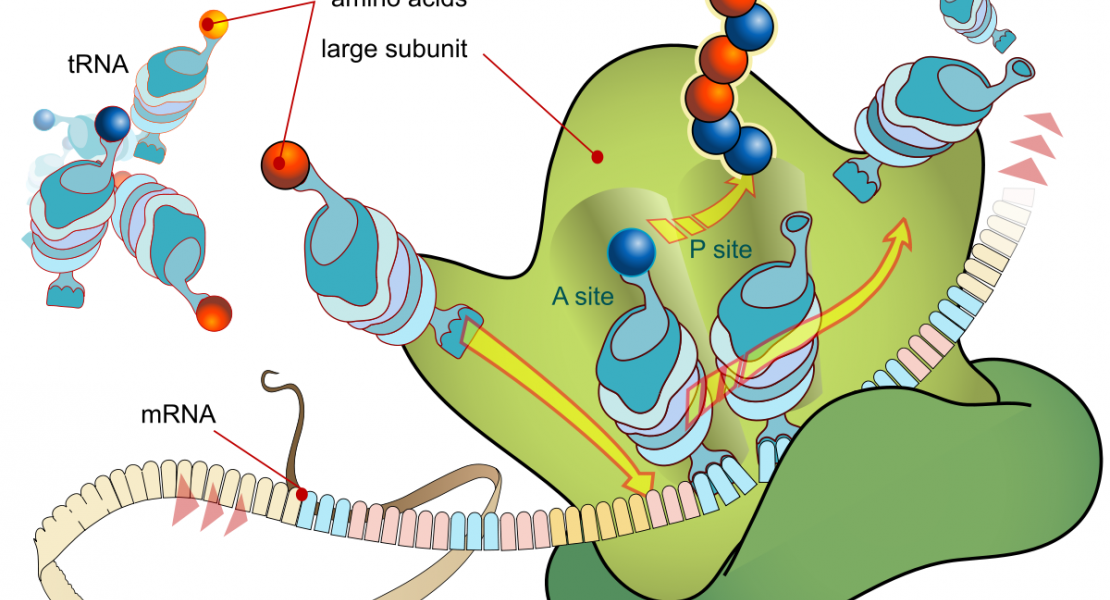The Translational Landscape of the Mammalian Cell Cycle

Abstract
Gene regulation during cell-cycle progression is an intricately choreographed process, ensuring accurate DNA replication and division. However, the translational landscape of gene expression underlying cell-cycle progression remains largely unknown. Employing genome-wide ribosome profiling, we uncover widespread translational regulation of hundreds of mRNAs serving as an unexpected mechanism for gene regulation underlying cell-cycle progression. A striking example is the S phase translational regulation of RICTOR, which is associated with cell cycle-dependent activation of mammalian target of rapamycin complex 2 (mTORC2) signaling and accurate cell-cycle progression. We further identified unappreciated coordination in translational control of mRNAs within molecular complexes dedicated to cell-cycle progression, lipid metabolism, and genome integrity. This includes the majority of mRNAs comprising the cohesin and condensin complexes responsible for maintaining genome organization, which are coordinately translated during specific cell cycle phases via their 50 UTRs. Our findings illuminate the prevalence and dynamic nature of translational regulation underlying the mammalian cell cycle.
